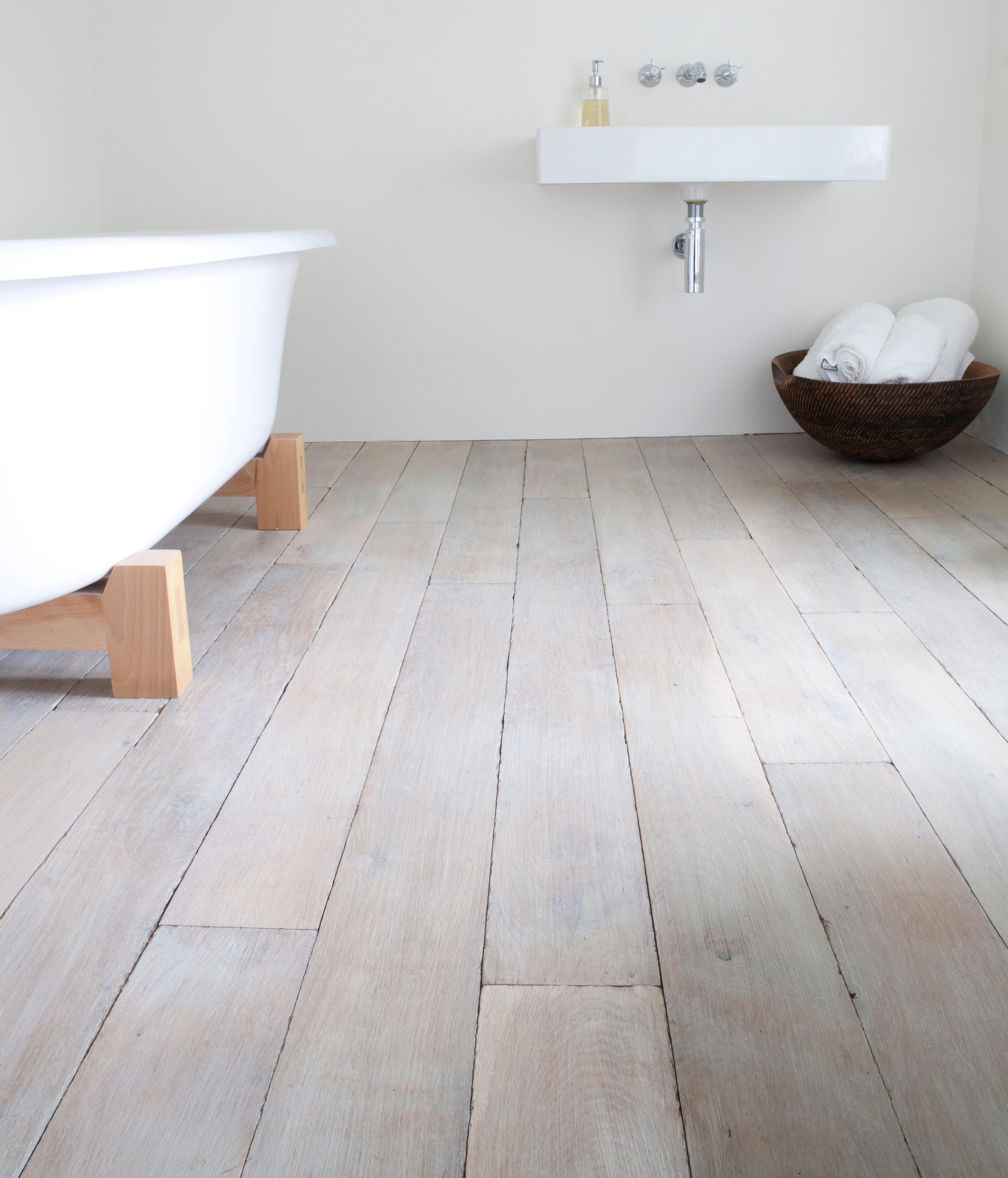Hardwood flooring is a timeless, comfortable, and environmentally conscious choice for homes, celebrated for its natural beauty.
However, like all natural wood finishes, it can show signs of wear and tear over time, particularly with floorboards that may begin to creak underfoot.
Adrian Cox, managing director of Fix-A-Floor, explains the common issues and how to address them, noting that the type of flooring significantly influences why creaks occur.
Hardwood floors often creak due to wood shrinkage or loose nails, while laminate flooring may creak if the underlayment shifts or was improperly installed.
Carpeted floors can develop creaks when the subfloor or joists loosen, and vinyl flooring can make noises if the adhesive weakens.
Mr Cox says that the age of the home and floor are critical factors: “The older they are, the more likely issues will occur.”
He says frequent changes in humidity and temperature can cause floors to warp and shift, and any subfloor issues will potentially require you to remove floorboards.

Why you shouldn’t ignore creaky floors
Whether or not you can put up with creaky floors isn’t the real issue.
“Ignoring these problems can lead to a snowball effect, causing significant and more noticeable issues further down the road,” Mr Cox says.
Furthermore, he says minor issues can develop into significant damage, loose floorboards can turn into trip hazards, and persistent noisy floors can decrease your home’s appeal.
How to identify creaky areas
Identifying those troublesome areas is quite simple.
Cox says some of the most common places for creaks are areas with high amounts of foot traffic, and where furniture is placed or has been moved.
Walk around your home and listen carefully for creaky or squeaky spots, he advises.
“It helps to have someone else walk around at the same time, so you can pinpoint trouble areas more quickly.”
Fixing creaky floorboards – step-by-step solutions
Fixing from below (if accessible): If you can add support from below, use a flashlight to check for any gaps between the top of the floor joist and the underside of the subfloor, says Cox.
“Spread some strong glue onto a wooden shim (or wedge) and push it into the gap – take care not to push the shim in too far, or you might raise the subfloor.
“The shim will fill the gap and prevent the boards moving when you step on them,” he adds.
Lubricating floorboards: If you don’t have access to the subfloor, then one of the best ways to stop the noise is by lubricating the floor joists, Cox says.
“Sprinkle powered graphite onto the joists between the floorboards and use a warm cloth to work the powder into the cracks, reducing friction. Wipe away any excess powder with a damp cloth.”
Tightening screws and nails: “If your floorboards have screws, you can use a drill or screwdriver to tighten the screws – but ensure they’re not screwed so tight they damage the floorboard,” Cox says.
And he says don’t forget to use safety equipment such as gloves and safety glasses.
Using adhesive for a long-term fix: If your creaky floorboards have thin grout lines instead of screws, Cox says you can use a bonding adhesive for floors.
“Drill holes in your creaky floorboards or surrounding grout lines, then inject the adhesive into the holes – allow your repairs to cure for 24 hours and then regrout the holes.”
Expert tips for success
Cox says his top tips for success are not to skip your initial inspection of the problem, as not identifying the root cause can lead to ineffective fixes.
“Always check for loose nails, joists or damaged boards. When looking at how to stop floorboards creaking, incorrect tools or materials, like improper screws, can worsen the squeaks and noises.”
He continues: “Remember tightening screws too much can cause further damage to floorboards.
“Finally, looking to fix your creaky floor starts with the subfloor, so addressing the surface may not resolve the problem.”
When to call a professional
If you’ve tried all these steps and creaks still persist, then you should probably seek professional help, advises Cox.
Although most creaky floorboard issues have simple fixes, he says your particular problem could be caused by structural issues.

